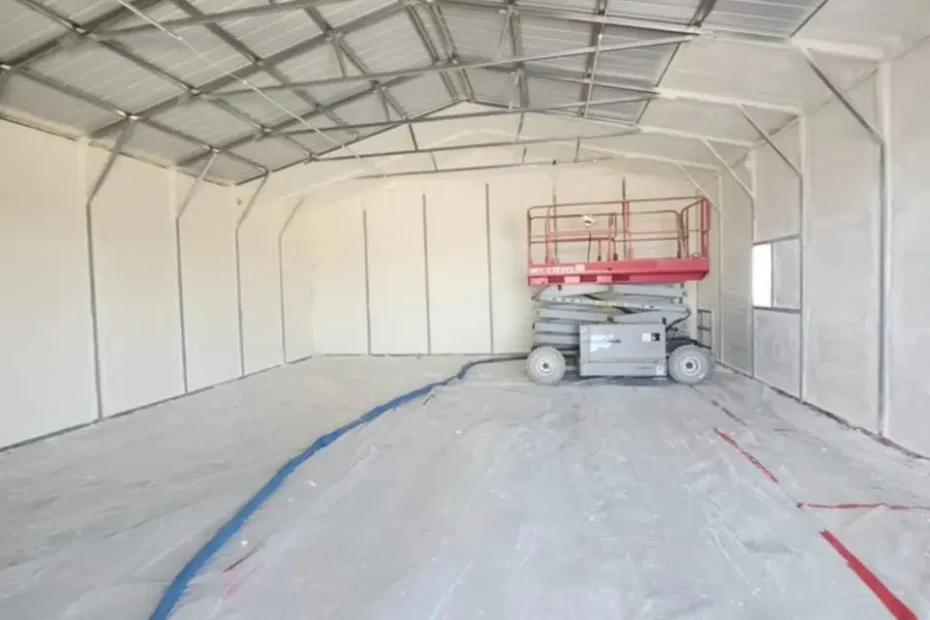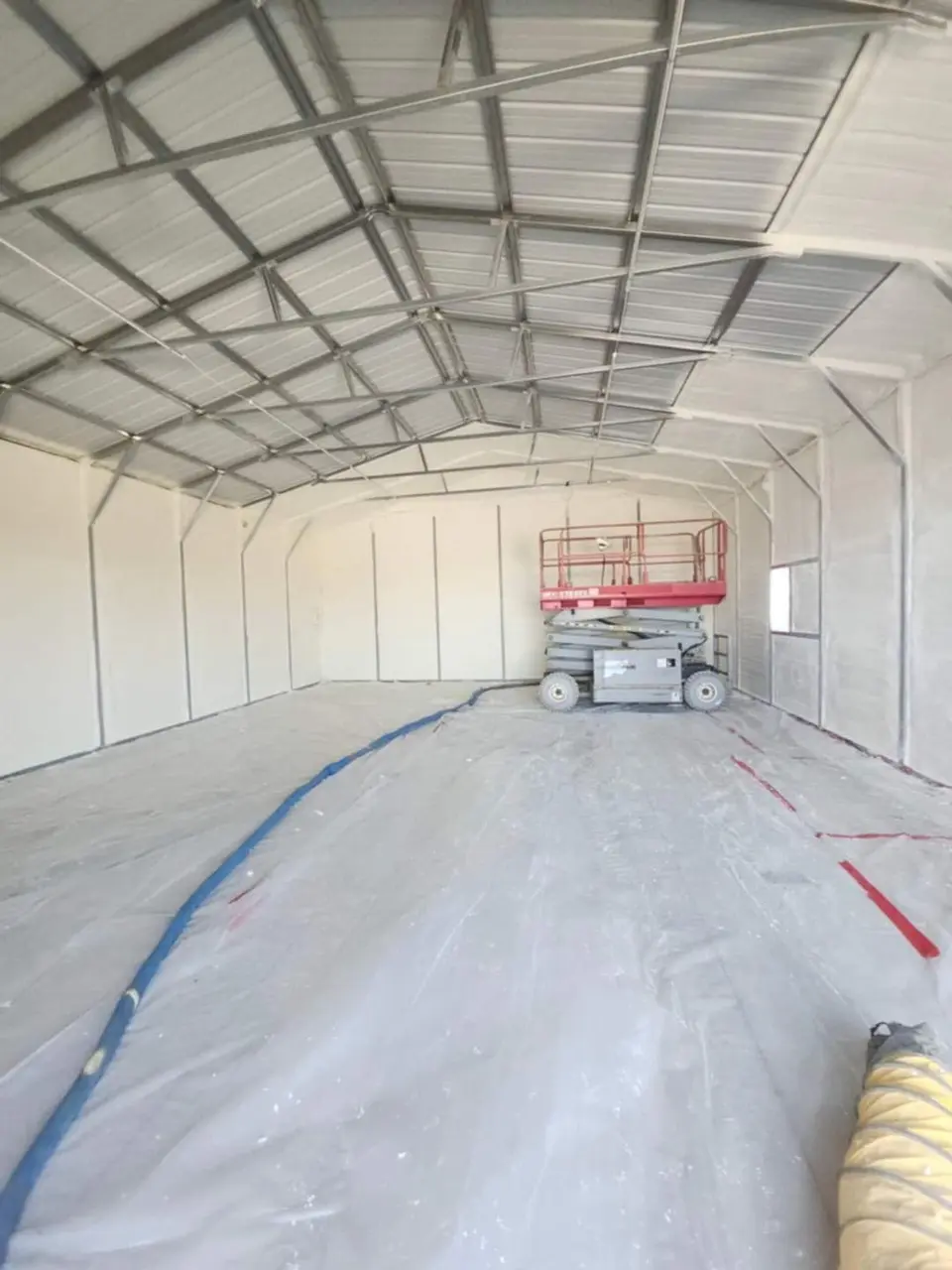Spray foam insulation is an increasingly popular choice for homeowners and builders alike, thanks to its high efficiency and effectiveness in sealing spaces. However, one of the most critical considerations in choosing spray foam is its longevity. Understanding how long spray foam insulation lasts can help you make informed decisions for your insulation needs. Here are some essential facts that will enlighten you about the lifespan and durability of spray foam insulation.
1. Understanding Spray Foam Insulation Basics
Spray foam insulation consists of a mixture of two key components: isocyanate and polyol resin. When these substances are combined, they expand and harden, creating a high-density foam that can fill gaps and seal off air leaks effectively. This characteristic is particularly beneficial in minimizing energy loss, making it a valuable asset for any home or commercial space. Knowing the fundamentals of spray foam insulation is essential because it lays the groundwork for understanding its longevity. Unlike traditional insulation materials, spray foam provides not only thermal resistance but also soundproofing capabilities.
Furthermore, the application method of spray foam insulation is crucial. Applying it correctly can mean the difference between optimal performance and premature failure. As a fluid, it fills even the smallest cavities, expanding to provide a seamless barrier against outdoor elements. This unique application makes it a popular choice in energy-efficient building practices. Therefore, grasping the basic science behind spray foam insulation empowers homeowners to appreciate its long-term benefits.
2. How Long Does Spray Foam Insulation Typically Last
Spray foam insulation is renowned for its remarkable longevity. Generally, it can last anywhere from 25 to 80 years, depending significantly on how it is installed and maintained. This impressive lifespan makes it an appealing option for both new builds and renovations. Homeowners often find that investing in high-quality spray foam insulation pays off in the long run, as it can effectively outlast traditional insulation materials, such as fiberglass or cellulose. Not only does it provide superior thermal resistance, but it is also resistant to moisture and mold growth, enhancing its durability.
Moreover, the longevity of spray foam insulation is not a mere coincidence. Proper environmental conditions play a vital role in determining its lifespan, meaning that areas with stable temperatures and lower humidity levels will likely see the insulation perform optimally for longer periods. In contrast, extreme temperature fluctuations can affect its physical structure and lead to premature deterioration. Thus, understanding the general longevity of spray foam insulation is essential, but homeowners should also take environmental factors into account.
3. Factors Affecting the Lifespan of Spray Foam Insulation
Several factors impact the lifespan of spray foam insulation, and recognizing these can help homeowners make informed choices. One of the most significant factors is installation quality. Properly trained professionals should carry out the installation to ensure that the foam is applied uniformly and adheres to building codes. Inadequate installations can lead to gaps and air leaks, compromising the insulation’s efficiency and lifespan. Additionally, environmental factors, such as UV exposure and temperature fluctuations, can have a detrimental effect. UV rays can degrade the material over time, so applying a protective coating may be necessary in certain applications, especially for exposed areas.
Other factors include moisture and humidity levels, as excessive moisture can cause the foam to lose its structural integrity. Furthermore, the type of spray foam used—open-cell or closed-cell—will also influence durability. Closed-cell foam is denser and often more resistant to moisture than open-cell foam; therefore, the environment in which the foam is placed may dictate which type is more appropriate for the project. Understanding these factors is crucial for achieving optimal performance from spray foam insulation.
4. The Importance of Professional Installation
The role of professional installation in maximizing the lifespan of spray foam insulation cannot be overstated. Engaging experienced contractors ensures that the foam is applied correctly, maximizing its effectiveness in sealing and insulating. Simple mistakes, such as incorrect mixing ratios or insufficient coverage, can lead to poor performance and shorter lifespan. Homeowners should always verify that their contractor has a reputable background and understands the nuances of spray foam technology. A reputable installer will not only adhere to best practices but also provide crucial maintenance advice.
Moreover, working with professionals provides an added layer of safety during installation. Spray foam application involves handling chemicals that can pose health risks if mishandled. Trained professionals follow strict safety protocols to minimize exposure to harmful fumes and ensure a safe working environment. Thus, the importance of professional installation extends beyond simply installing the material; it encompasses safety, compliance with industry standards, and ensuring long-lasting results.
5. Types of Spray Foam and Their Durability
There are primarily two types of spray foam insulation: open-cell and closed-cell, each varying in durability and performance characteristics. Open-cell foam is lighter and more flexible, making it excellent for soundproofing and reducing air infiltration. However, its lower density means it is less effective in areas that may be exposed to moisture. In contrast, closed-cell foam is denser, offering higher insulating values and moisture resistance. This structural integrity allows closed-cell foam to maintain its effectiveness in a variety of environmental conditions, extending its lifespan considerably.
Additionally, the choice of spray foam type can greatly influence installation costs, as closed-cell foam often comes with a higher price tag due to its superior material properties. Nevertheless, the long-term benefits can overshadow the initial costs, particularly in high-humidity areas where moisture resistance is crucial for preventing mold and decay. Evaluating the specific needs of your building will allow for a more informed choice regarding which type of foam to use.
6. Maintenance Tips to Extend the Life of Spray Foam Insulation
While spray foam insulation boasts a long lifespan, implementing proper maintenance practices can help extend its durability even further. Regular checks for signs of damage or wear are crucial. Homeowners should look out for visible cracks or peeling in areas where the insulation may be exposed or at potential stress points. If any irregularities are detected, it is vital to address them promptly to prevent moisture intrusion or air leaks that could compromise the insulation’s effectiveness.
Additionally, periodic checks on the surrounding environment can enable proactive measures. For example, keeping trees trimmed can limit UV exposure, which can degrade the foam over time. Further, cleaning gutters and ensuring proper drainage away from the house can prevent moisture buildup near the foundation, protecting the insulation from water damage. Simple preventive steps and routine inspections can significantly enhance the lifespan of spray foam insulation, ensuring optimal performance throughout the years.
7. Signs That Your Spray Foam Insulation May Need Replacement
As durable as spray foam insulation can be, there are telltale signs that indicate it may need replacement. One of the most obvious indicators is visible damage, such as cracking, peeling, or discoloration of the foam. These signs often point to environmental wear, especially if the foam has been exposed to extreme weather conditions or has had prolonged UV exposure. Additionally, if homeowners start experiencing drafts or higher energy bills, this could imply that the insulation is no longer effectively sealing the intended spaces.
Another sign to watch for is an increase in moisture or mold growth in areas insulated by spray foam. If strange odors or visible mold appear in attics or crawl spaces, it is essential to evaluate the insulation’s condition further. If these concerns arise, consulting with a professional contractor for an assessment is advisable, as they can provide insights into whether the insulation can be repaired or if replacement is warranted.
8. Comparing Spray Foam with Other Insulation Types
When considering insulation options, it is essential to compare spray foam with traditional materials like fiberglass and cellulose. While fiberglass insulation has been a long-standing choice due to its affordability and availability, it often lacks the air-sealing capabilities that spray foam provides. Unlike spray foam, fiberglass can allow air to pass through, which can compromise its overall effectiveness. Cellulose, derived from recycled paper, is another eco-friendly option, but it may settle over time, leading to reduced insulation efficiency.
In contrast, spray foam insulation expands to form an airtight seal, preventing air leaks and providing superior thermal resistance. This characteristic allows homeowners to achieve a more energy-efficient environment, which can lead to lower energy costs. Each insulation type has its pros and cons, and understanding these differences will help homeowners make informed decisions that suit their specific needs and budget.
9. Real-Life Longevity Experiences from Homeowners
Many homeowners who have opted for spray foam insulation share positive experiences regarding its longevity. In various case studies, homeowners have reported their spray foam insulation remaining effective for well over a decade, with minimal signs of wear. They frequently emphasize the improved comfort levels in their homes, as spray foam effectively manages temperature fluctuations better than traditional insulation methods.
Moreover, testimonials often highlight the reduced energy costs associated with their investment in spray foam. Homeowners have indicated a significant decrease in heating and cooling expenses, sometimes as much as 30% lower than before the installation. These real-life experiences not only substantiate the claims surrounding the longevity of spray foam insulation but also provide encouragement for those considering making the switch.
10. Expert Recommendations on Choosing Spray Foam Insulation
When it comes to selecting spray foam insulation, experts recommend assessing your specific needs carefully. They often suggest considering the different types of foam available—open-cell and closed-cell—and understanding the environments where each one excels. For areas susceptible to moisture, closed-cell foam may be the more sensible choice, while open-cell foam might be ideal for soundproofing and cost-effective solutions in dry climates.
Additionally, experts advise that homeowners should always seek certification and experience when hiring a contractor. Verifying that they have the necessary licenses, insurance, and a portfolio of completed projects can help ensure a high-quality installation. Furthermore, obtaining multiple quotes can provide insight into fair market pricing and allow you to make a more informed decision. By following expert recommendations, homeowners can set themselves up for success, ensuring that their investment in spray foam insulation endures over time.

